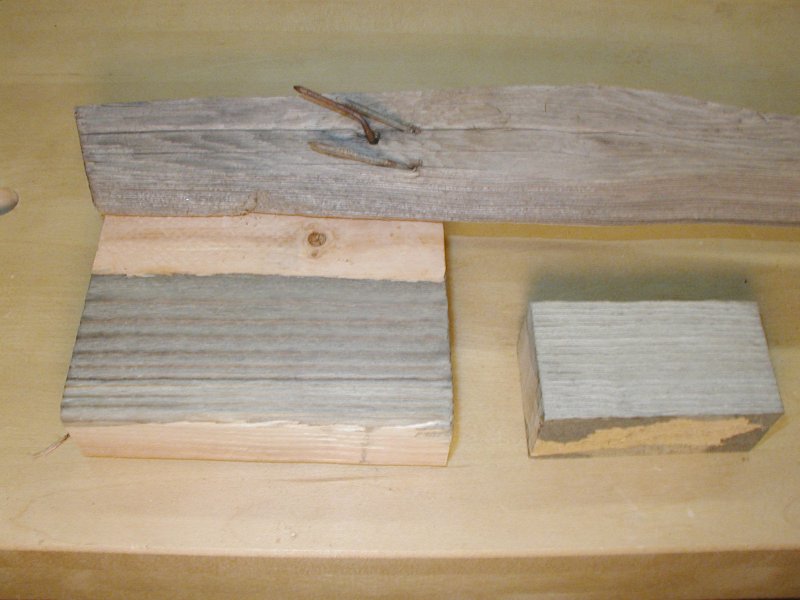Glazed finishes for antique look
How can this effect be acheived? January 28, 2002
Q.
We are a small cabinet shop and do most of our own finishing. We have several requests for a glazed finish. It looks like a base coat of antique white, wiped after dry with a light oak stain and then clear-coated. Is there an easy way to get this affect?
Forum Responses
Sherwin Williams makes some nice oil glazes, which are much easier to use and look more professional for the French wash effect you are trying to achieve. I always shoot a coat of clear lacquer on top to accelerate the drying and add depth, but that depends on what is used for the base coat.
You can get the primer tinted to what base coat you would like to use. I have used for most color matches in the MLC color chart "Vanilla". This matches most of the background colors at the major home improvement stores. Use 2 primer coats, sanding between as normal, then a WW vinyl coat, then sand that coat and use Van Dyke Brown glaze. Most glazes are oil based and can be mixed together to make custom colors. Rub the glaze all over, leaving it heavier in the areas you want. Wipe off where you want less. T-shirt rags work good, or you can brush them on. Let the glaze dry for at least 1 hour, no more than 6 hours--it doesn't need to completely dry. Then put another coat of WW vinyl sealer over the glaze, sand and finish as normal.
You should charge extra for this--it is more time consuming. I have taught this to lots of Atlanta area shops. Some like doing glaze finishes and make great money for it, and some make great money and hate doing the glazes. Most of them do not glaze the backs of the doors or inside of the boxes--usually just the door fronts and face frames.
Lisa Gilbert, forum technical advisor
Vinyl primer works well. One coat on alder or whatever wood. Sand edges by hand to get an antique look. One coat of golden fruitwood oil stain, two coats of pre-cat lacquer.
Lisa hit it on the head. Absolutely the only way to do it. Holds up to any rep. I have used this basic method with SW and ML. Using ML tinted primer twice, seal, glaze, seal again and topcoat. Careful with first sealer. This coat must lay super flat for glaze, then sand with fine sponge (abralon 1000 is nice). Do not machine sand after first primer (or stain depending on your color situation). Use water white vinyl sealer and please use a real finisher's glaze, not stain. Mohawk, in my opinion, has the best glazes and ML will do.
The reason to use a real glaze and not a stain is that it is possible that, when the stain is used the way a glaze would be, the improperly layered stain could create a barrier and prevent intercoat adhesion. Glaze, used with the vinyl sealer sandwich, is a tried and true method. Glazes are formulated to be layered between coats of finish or sealer. Stains are not.
Glazes are becoming more popular and those willing to learn will find themselves dealing with a more elite clientele. Always start simple when first trying glazes. Do some sample doors or drawer fronts first for customer approval, since finishes can vary greatly. Then hang them up in your shop where other customers will see them. With a little practice you will soon get the hang of it. Charge accordingly for your time and skill, as you will be asked to do this again and again.
Lisa Gilbert, forum technical advisor
